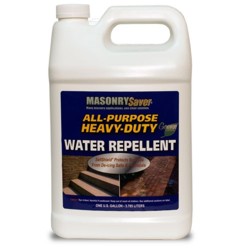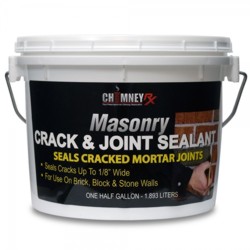Asphalt Shingles
DEAR TIM: I know asphalt shingles are affordable, but I want to know what are some tips to extend their life. I’m planning a new home and would love any advice you might offer about roofing with asphalt shingles. I’ve noticed the cost of asphalt shingles has gone up, and wonder if now is the time to lock in a price. Tom K., Philadelphia, PA
DEAR TOM: Every home I’ve owned has had asphalt shingles on the roof. I’ve never been let down or had a failure of any type. I’ve seen blisters on shingle, I’ve seen curled corners and some that have prematurely failed. There are many reasons for failures, but I can tell you that installing asphalt shingles as directed in the written instructions on the package will almost always lead to long-term success.

These are asphalt shingles made to look like slate. With a steep roof slope, they can easily last decades. PHOTO CREDIT: Tim Carter
Let’s start with the basics. Asphalt naturally repels water, and it’s a readily available commodity so long as we continue to use crude oil. Asphalt is a by-product of refining crude oil. It’s what’s left over after the lighter-weight solvents are extracted from the black gold that’s pulled from the bowels of the earth. Because oil prices go up and down, prices of shingles do the same. Lock in prices when you see them low.
If exposed to sunlight, the ultraviolet rays will readily break down asphalt shingles. That’s why the shingles you see are covered with the small colored ceramic granules. These create a powerful sunscreen and offer you different colors to match your exterior decorating scheme. Many shingle manufacturers make shingles that have special colored granules that contain copper. These help to prevent the ugly black roof-algae stains you might see on your existing roof or that of a neighbor.
Frequently asphalt shingles get a very bad rap when it comes to roof leaks. Many homeowners blame the shingles for the dripping water, when in reality the leak can be traced to poor workmanship and almost always a flashing issue. Flashings are transitional roofing materials that connect the asphalt shingles to something that’s poking through a roof or immediately adjacent to a roof.
For example, you’ll discover flashings at chimneys, plumbing vent pipes, ventilation fans, dormers, roof vents, valleys, etc. I’ve never had a leak in any of my homes that have asphalt shingles, even though I’ve had hundreds of different types of flashings installed. If you install shingles and flashings correctly, you simply don’t have leaks.
Remember that shingles work like feathers on a duck. They overlap one another and use gravity to create a weather-tight seal. If you blast water up a roof or water backs up because of an ice dam or other obstruction, you can have a leak. There are special barriers that you can apply to the wood roof deck before you install the shingles that will stop leaks like this. I highly recommend them if you live where heavy snow accumulation is expected or where violent wind-driven rain is a possibility.
Even though you don’t intend to get up on your roof and pound the nails that hold the shingles in place, I urge you to read the installation instructions that come with the shingles. They are easy to read and won’t take long. You’ll have a great understanding of the accessory products that are required to ensure you have a leak-free roof.
Roofing underlayment or felt paper is almost always called for. Some shingle manufacturers will have very specific layout requirements, especially if you decide to use architectural asphalt shingles. These shingles tend to mimic the look of other roofing materials like slate or wood shakes. If you don’t space the shingles correctly, the final look of the roof may not be as dramatic as it could be.
If you’re on the fence about color selection, you can do a quick experiment that may only cost you $100 or less. I suggest that you purchase one or two bundles of shingles and have a worker lay them out over your existing roof so that you can see them from the ground. Do this on a calm day with little wind. If you have a steep roof, you’ll have to nail them in place with the minimum amount of nails just to keep them from sliding.
Stand back at the road to see what they look like. You’ll be surprised how the color is more dramatic when you see large patches of shingles versus that small piece that’s on the sample board.
When you buy asphalt shingles, be sure to take into account waste. You’ll have at least five percent waste, if not more, if you have lots of hips and valleys on your roof. If your roof is made up of two simple rectangular sloped surfaces, you’ll have virtually no waste.
Don’t let a roofing contractor talk you into skipping steps that are in the written instructions. Doing so can void the warranty that comes with the shingles. Pay attention to all the requirements that are in the instructions, even something as silly as the position of the nails.
Be sure you have plenty of ventilation to exhaust hot air from the attic. I’ve found over the years that the simple turbine vents do a magnificent job of vacuuming hot air from attics.
Column 830
 |
 |
The above product links are affiliate links. I get a tiny commission if you purchase these from Amazon.
One Response to Asphalt Shingles